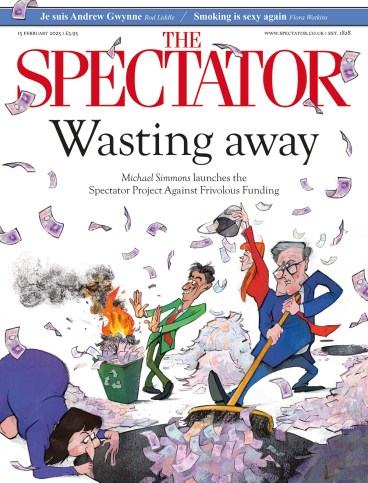
Arts Council England may be successfully clobbering the poor old genre of opera into the ground, but its sister art dance continues to be nurtured ever more generously, and the London scene is as ebulliently youthful and healthily various as it’s ever been. At the top end there’s the Royal Ballet, currently a match for any company in the world, and English National Ballet, performing to an impressive standard too. Sadler’s Wells thrives, with a rich programme embracing Matthew Bourne’s pantos and all sorts from Rambert and Akram Khan to hip hop and flamenco, alongside a succession of foreign visitors who fill the stage with mud or stand on their heads in the nude. At the Place, the dance hub near Euston, you can take classes or catch the first choreographic efforts of any number of rookie practitioners. The Barbican and South Bank Centre increasingly feature enticing dance offerings too.
But with budgets being squeezed ever tighter, I do wonder if some irrational exuberance might end up bursting the bubble. Not content with thriving, Sadler’s Wells has been empire building. To add to its portfolio of a main theatre and studio space in Islington and its lease on the Peacock Theatre in Holborn, it has now inaugurated a magnificent new building in the Olympic Park development in Stratford. Designed in brick by the Irish partnership of O’Donnell + Tuomey, it will deservedly win awards for its cool elegance and finish. As well as expansive foyers and a single-tier auditorium seating 550, there are six studios for community hire, rehearsals, workshops and so forth. A lot of both private and public money has been invested in the project.
The big question, however, is whether it is necessary: the Place and other smaller but similarly focused facilities led by Wayne McGregor and Carlos Acosta are only a few miles away. I sincerely hope I can be proved wrong, but I’m just not convinced that there’s enough unfulfilled demand for the new theatre to be viable, or that there’s enough in the kitty to run such a lavishly appointed establishment. When fully operational across all its premises, Sadler’s Wells will have to sell a total of 3,000 tickets a night. It’s a hell of a challenge. Let’s see what the balance sheet looks like in two years’ time.
When fully operational across all its premises, Sadler’s Wells will have to sell a total of 3,000 tickets a night
One thing is for sure: Sadler’s Wells East won’t be taken seriously unless it programmes shows more substantial than the one with which it chose to open. Uchenna Dance’s Our Mighty Groove, devised by Vicki Igbokwe-Ozoagu, is an amiable romp grown out of rave culture, ‘a blend of club styles such as house, waacking and vogue’, performed with frenetic vigour and spinning energy by a mix of professionals and local amateurs. Noisy, colourful and good-natured, it ticks the diversity and inclusion boxes but seemed entirely without any deeper purpose or merit. Following an interminable 40-minute interval, the bleacher seating was rolled back and the audience was pulled on to the floor and coaxed to cast inhibitions aside and participate in the jiving. Not my scene, and I admit that I fled.
At the Place, I sampled its excellent Resolution Festival – an annual five-week laboratory in which young dance-makers can take their first steps. Every evening three choreographers are allotted 20 minutes on stage to try out ideas in a friendly atmosphere. Minimal production resources are provided, and if your experiment bombs, there’s no great loss to anyone. Glimmers of talent worth cultivating often emerge: on the evening I visited I was intrigued by Aisha Naamani, who showed wit and imagination in a solo exploring her reluctance to come to terms with adulthood.








Comments